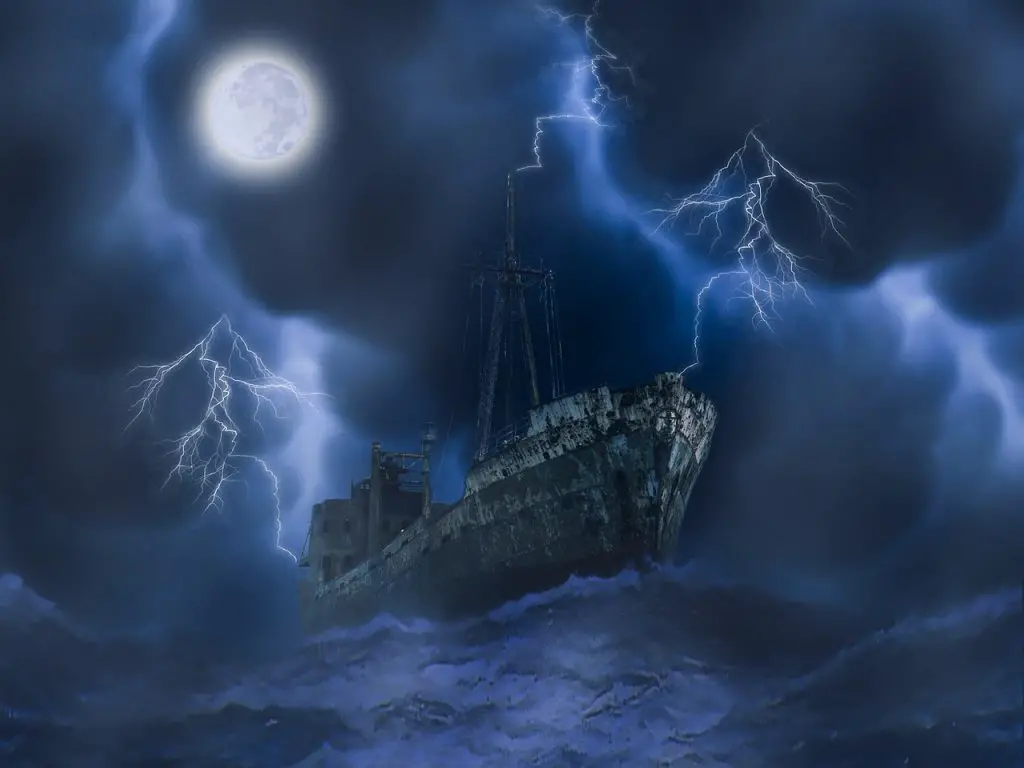In the beginning of 20th century, the Bornean rhinoceros was common in Sarawak.
Also known as the Eastern Sumatran rhinoceros or Eastern hairy rhinoceros, it was one of the three subspecies of Sumatran rhinoceros.
Its subspecies name (Dicerohinus sumatrensis harrissoni) was named after British anthropologist and Sarawak museum curator Tom Harrisson.
Compared to other Sumatran rhinos, the Bornean rhinoceros has the darkest skin and the fur on its calves is much denser.
Unlike the other two subspecies, the Bornean rhinoceros is markedly smaller and its head size also relatively smaller.
Rhinoceros in Borneo during prehistoric times
When sea levels fell during the Late Miocene period, between five and seven million years ago, Sundaland probably stood above the sea once again.
These mammals included primitive rhinoceroses, elephants, and monkeys. In detail, these forests may have looked somewhat different from the forests we see today.
According to Hans P. Hazebroek and Abang Kashim Abang Morshidi in National Parks of Sarawak, many animals that were widespread across the Asian continent may have reached Borneo at this time.
When the sea level rose during the early Pliocene Epoch, Borneo turned into a huge island again. So the mammals that reached Borneo stayed here and continued to evolve in isolation.

Edward Banks’ account on rhinoceros hunting in Sarawak during the 1930s
While the primitive rhinoceroses survived their journey into Borneo, most of their descendants did not survive long enough on this island.
Over the past century, this animal was highly threatened by hunting, poaching for their horn and habitat loss.
Even during the 1930s, Sarawak Museum Curator Edward Banks described how the rhinoceros population in Sarawak had been greatly reduced.
In an article published on The Sarawak Gazette on Aug 2, 1937, he wrote, “Fifty years ago anyone who shot a rhino was rather disappointed; he couldn’t eat it all, it was too far to carry home, and the most that could be obtained from it was an occasional sword hilt made from the horn; these can still be obtained at a fabulous price.”
According to Banks, a rhino in the 1930s may fetch anything up to $300-$400. He pointed out, “Its horn being the most useful part but the blood and flesh also fetch a price, solely on account of the supposed aphrodisiac properties appreciated by the Chinese.”
Banks also highlighted areas in Sarawak that had high number of rhinoceros populations included Ulu Rejang, Ulu Baram and Ulu Trusan.
“There are almost none now and in fact after a prolonged visit to the Ulu Trusan into a once populous rhino country, I saw only once a trace made about three years ago and nothing else under five years ago,” Banks wrote in 1937.
He continued, “A once populous rhino district has been wiped out by the Dayaks and one can only feel that it is a good thing that no rhinos have strayed in during the last five years and attempted to repopulate the district as they would have assuredly gone too.”
Hunting Bornean rhinoceros
The museum curator also commented on how different ethnics hunted these rhinoceros. The Punan was “an uncontrollable curse until he had finished all the rhinos”. Meanwhile, the Kayans and Kenyahs “were, as usual, reasonable, shared their beasts out among themselves, and made them last, until they finally took up a little over the garden wall poaching.”
Nonetheless, the ones that brought more harm to the rhinos were the wandering bands of professional Dayak hunters.
Banks described them to be really persistent, stating “..(they) stay on the beast’s tracks from fifteen to twenty days until they catch it up.”
Even during the 1930s, there were no bands of hunters because there were no more rhinos.
Back then there were only few individuals on Mulu, Murud, Laiun and Tibang mountains. If there were odd ones that showed up in Baram and Trusan, there were the strays coming over from the Kalimantan side.
Hazebroek and Abang Kashim also pointed out, “It is reputed that the last rhinoceros in Mulu was hunted and killed just before the Second World War. Once these magnificent animals must have been quite common in Mulu. As indicated by Berawan guides, large pools on some ridges of Gunung Mulu presumably represent their wallows.”
Sarawak’s last rhinoceros is at Pulong Tau?
Pulong Tau is an area flanks the Bario highlands. It straddles part of the headwaters of the Baram, Tutoh and Limbang rivers.
In 1986, the National Parks and Wildlife Office staff sighted rhinoceros tracks and wallows in the area.
Then in 1997, they disovered rhinoceros tracks again but there were no sightings of the animals.
Regardless, the Malaysian government declared the Bornean rhinoceros to be extinct in the wild in Malaysian Borneo.
In March 2016, however, a young female rhino was captured on the other side of Sarawak border in East Kalimantan. Hence, this gives us hope that they still exist in the wild.
Is it fair to say that Sarawakians were the ones who drove the rhinoceros into extinction in our own backyard? We believe so.
In Banks’ own words, “It is not too much to say that the rhino has been immolated to provide the Chinese with babies, the Dayak hunters with patent leather shoes and their girlfriends with silk umbrellas.”































